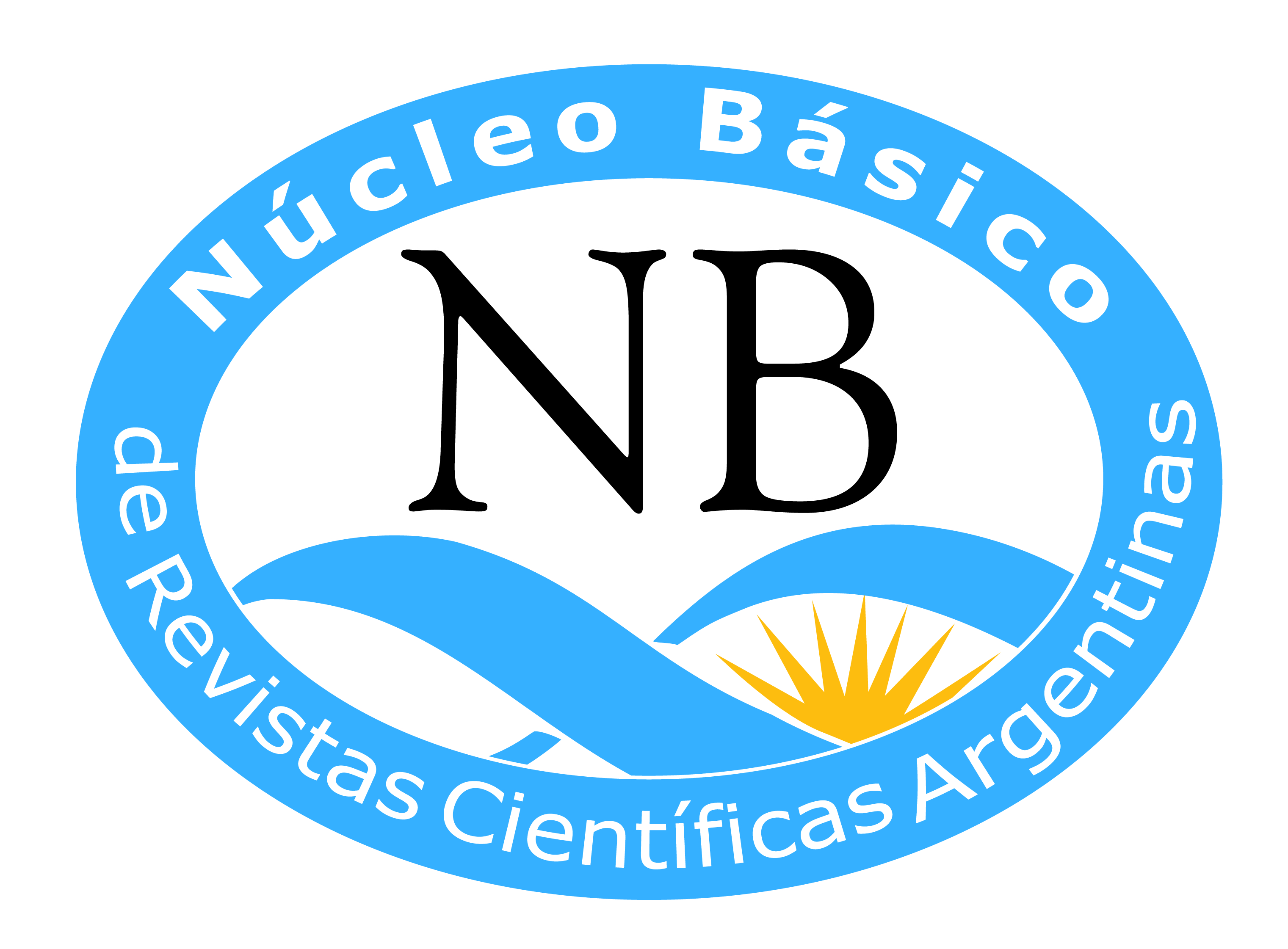2) Experiencias de trabajo académico y producción de conocimiento y Relatos de experiencias de integración regional en el MERCOSUR
Los escritos de éstas secciones se presentarán mediante relatos que recuperen las distintas iniciativas, modalidades, acciones y objetivos alcanzados en instancias de integración y cooperación entre académicos, profesionales, instituciones y organismos en el marco del MERCOSUR. Se espera que los relatos se encuentren compuesto por una fundamentación teórica, la descripción de la experiencia, los logros alcanzados y reflexiones finales sobre la experiencia. La extensión de los relatos será hasta 10 páginas.
Estructura de relato:
1. Título de hasta 8 palabras en idioma español, portugués e inglés.
2. Nombre de autor(es). (no mas de cuatro autores)
3. Registro ORCID.
4. Institución de procedencia del autor(es).
5. Correo electrónico del autor(es).
6. Resumen de hasta 250 palabras en idioma español, portugués e inglés.
7. Tres palabras clave en idioma español, portugués e inglés.
8. Cuerpo del trabajo.
9. Bibliografía.
10. Notas o referencias aclaratorias
11. Breve biografía del/los autor/es (no más de 10 líneas)
12. Anexos.
* El registro ORCID debe ser hecho por el mismo autor, ingressando a la página de manera gratuita: http://orcid.org/


